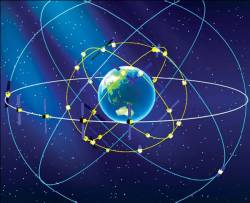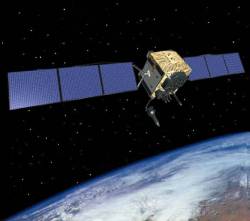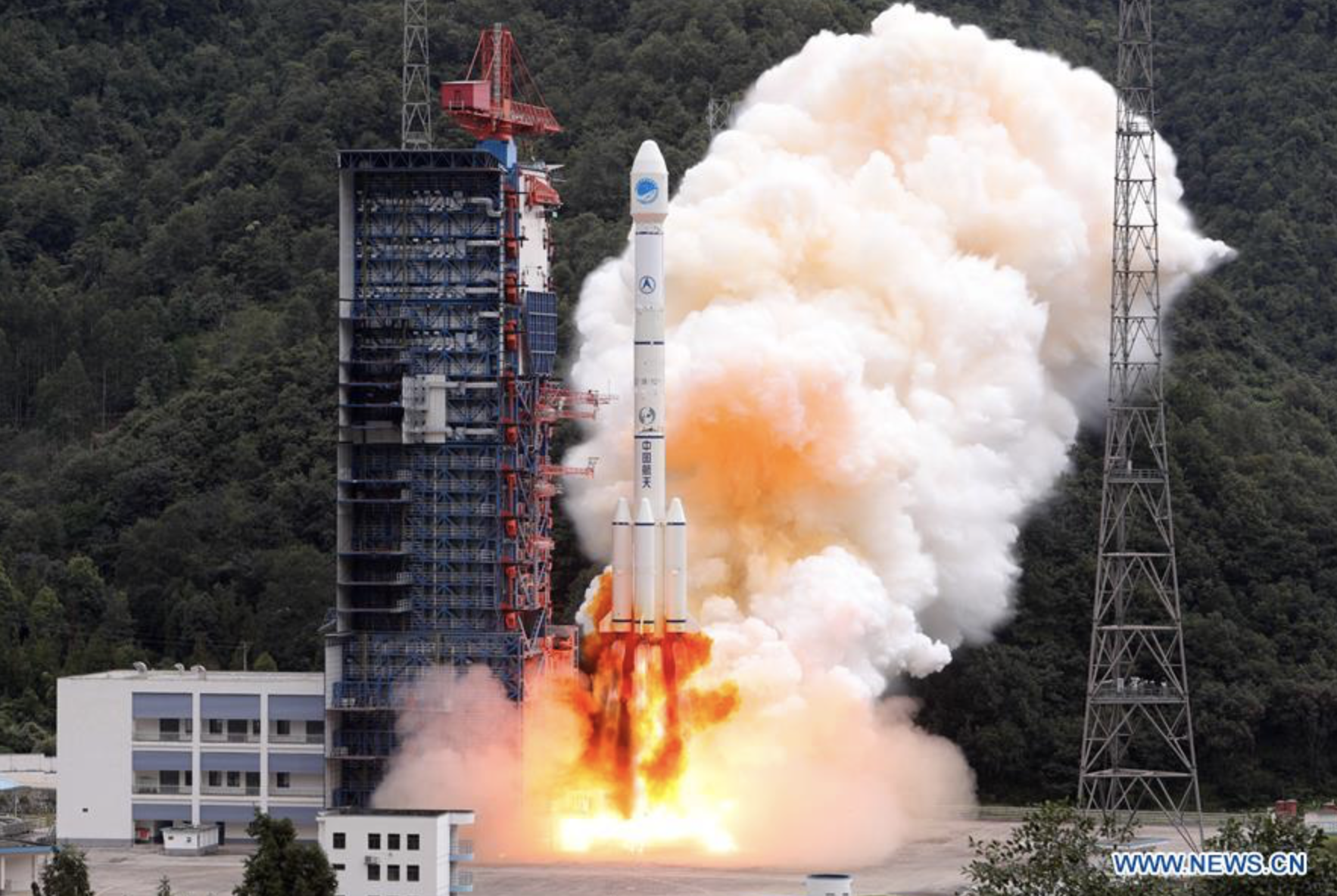
China’s two most recently launched BeiDou navigation spacecraft have begun operating and established inter-satellite links in the nation’s GNSS constellation, the state news agency Xinhua announced on Friday (August 14, 2015).
China’s two most recently launched BeiDou navigation spacecraft have begun operating and established inter-satellite links in the nation’s GNSS constellation, the state news agency Xinhua announced on Friday (August 14, 2015).
The two satellites were launched on July 25 by a Long March III-B rocket from the Xichang Satellite Launch Center in Sichuan Province, southwest China. The middle Earth-orbiting (MEO) satellites are the second and third new-generation BeiDou spacecraft placed in orbit by China, following a successful single-satellite launch in March. The newly designed Phase III satellites surpass their predecessors in speed, accuracy, and weight, according to Chinese officials.
Xie Jun, chief designer of the BeiDou navigation satellite system, says China has successfully tested the autonomous control technology of the constellation. China plans to set up a complete constellation of 35 satellites with global coverage by 2020.
Xinhua quoted Wang Ping, another chief engineer on the project, as saying that the inter-satellite link provides communications and distance measurement among satellites, bringing autonomous control of the navigation system a step closer.
Although unofficial sources monitoring the BeiDou Navigation Satellite System differ slightly, the BeiDou constellation currently has 16 healthy satellites (out of 19) on orbit and transmitting a variety of navigation signals. The three most recently launched satellites remain in "commissioning" status.






